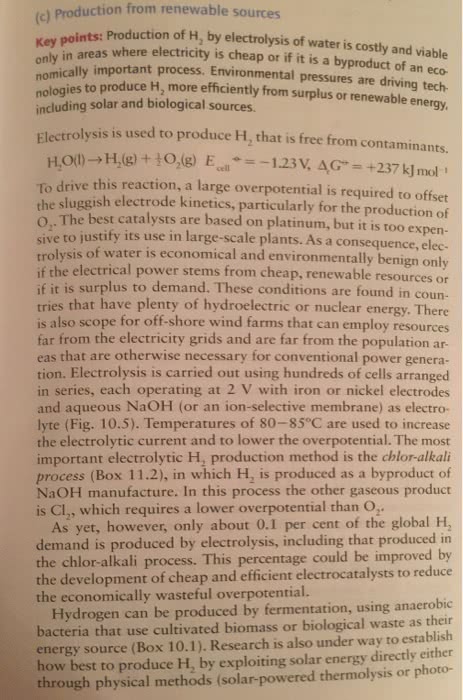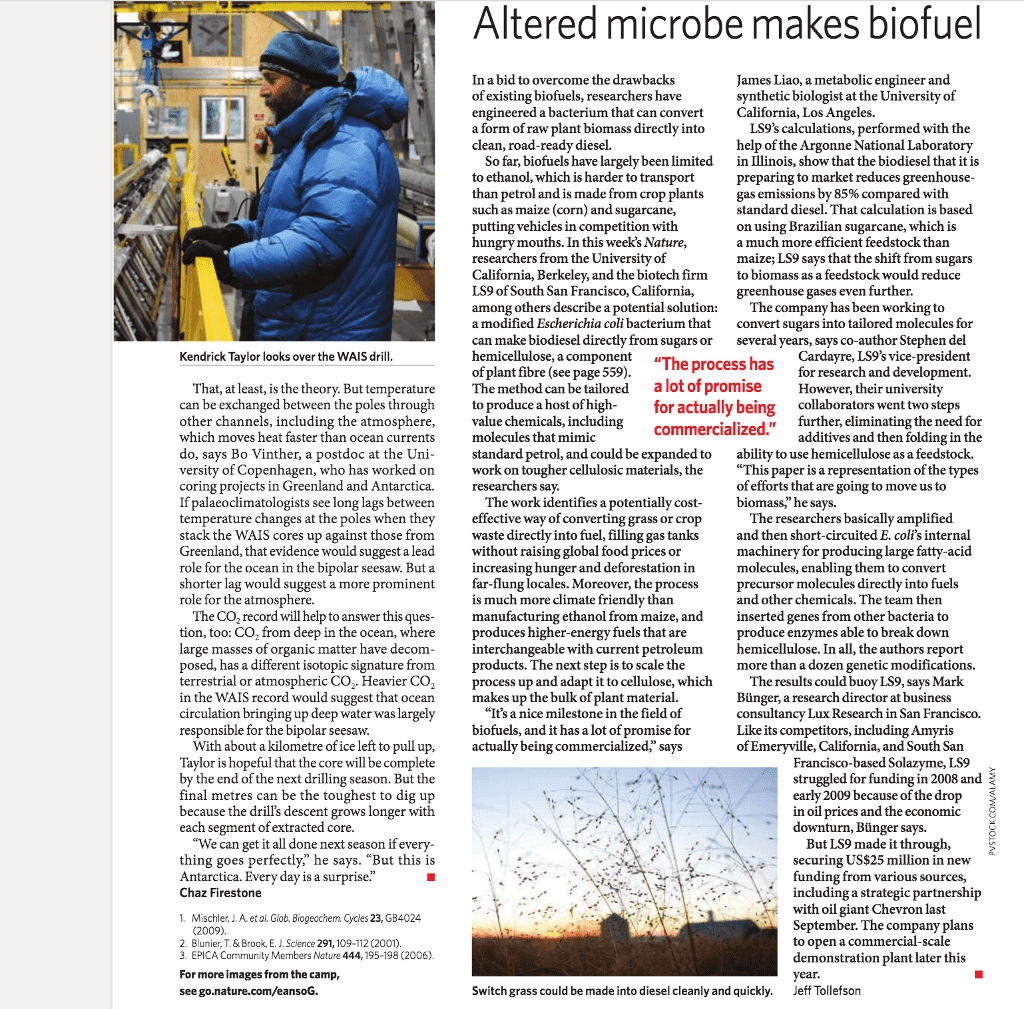ENVS 1000 Lecture Notes - Lecture 13: Passive Solar Building Design, Photovoltaics, Kilowatt Hour

ENVS: Renewable Energy
Solar Power:
● Active:
○ Convert sun’s energy from heat to other useful forms, such as electricity and hot
water
○ Photovoltaics:
■ Devices that convert the sun’s energy directly to electricity
● Passive:
○ Direct use of sun’s heat energy for home heating, etc
○ Primarily home heating but water heating is also sometimes considered a form of
passive solar energy
● Potential is very large, but we need to understand how solar fits into use, and find ways
to store energy
● We get about 3,000 times more solar energy than total energy by humans used
worldwide per year
○ If we only use land area then we get about 1,000 times more solar energy than
total energy used worldwide
● Southwestern US gets almost twice as much sun as Northeastern US
● Line losses in transmission are directly proportional to line length
○ Using lowest resistance wire and highest voltage, loss is about 10% for every
1000 miles it is transferred
● Cost of solar electricity:
○ Industrial System:
■ 15 cents/KWhr on a sunny day
■ 35 cents/KWhr on a cloudy day
○ Home System:
■ 30 cents/KWhr on a sunny day
■ 65 cents/KWhr on a cloudy day
● Solar is by far the most abundant form of renewable energy available
Hydropower:
● This is a form of solar energy, as the sun drives water evaporation from the ocean and
winds carry the moisture over land, but also a form of gravitational energy
● Large form of alternative energy used today (but only 2% of global energy)
○ Industrialized countries have already tapped much of their potential
○ Non-industrialized countries have most of the untapped potential
● Dams:
○ Ultimate source of power is the sun (aided by gravity)
○ Solar energy evaporates water
○ Water falling on land flows downhill
○ Height of dam and mass of water determines useful energy
○ Efficiency is very good, generally 80-90% efficient in converting potential energy
to electrical energy
● Pros and Cons of hydropowers:
○ Pros:
find more resources at oneclass.com
find more resources at oneclass.com
Document Summary
Convert sun"s energy from heat to other useful forms, such as electricity and hot water. Devices that convert the sun"s energy directly to electricity. Direct use of sun"s heat energy for home heating, etc. Primarily home heating but water heating is also sometimes considered a form of passive solar energy. Potential is very large, but we need to understand how solar fits into use, and find ways to store energy. We get about 3,000 times more solar energy than total energy by humans used worldwide per year. If we only use land area then we get about 1,000 times more solar energy than total energy used worldwide. Southwestern us gets almost twice as much sun as northeastern us. Line losses in transmission are directly proportional to line length. Using lowest resistance wire and highest voltage, loss is about 10% for every. Solar is by far the most abundant form of renewable energy available.




